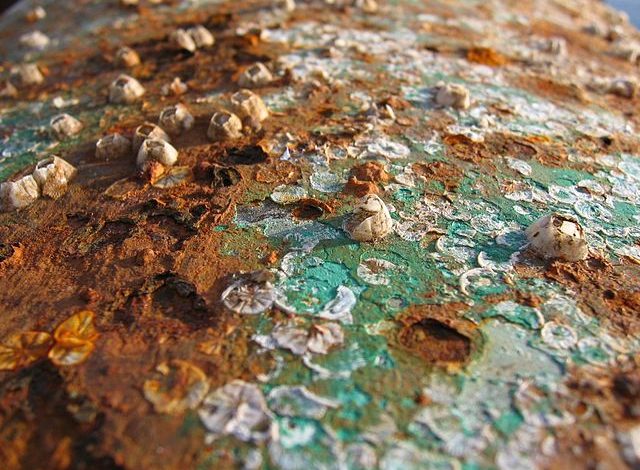Corrosion costing shipping up to $80bn a year

Corrosion on ships costs the industry up to $80bn a year, something that could be smoothed over via the use of artificial intelligence.
The ABS AI Corrosion Detection digital solution utilises an AI algorithm that analyses images and video files to deliver prediction scores and percentages for tank coating breakdown and corrosion. The digital solution allows operators to benchmark and monitor coating breakdown and corrosion growth over time to assist with vessel maintenance between surveys. By leveraging the power of machine learning’s automated pattern identification, clients receive proactive alerts of structural defects such as coating failures, fractures and deformations without the costly and intrusive aspects of traditional structural inspections.
Results from the initial application of this digital tool created by the American class society has identified corrosion with 98.9% accuracy.
“Corrosion is one of the biggest maintenance challenges in the maritime industry with the total cost estimated at between $50bn and $80bn annually. This application of advanced machine learning technology to assist with tank coating and corrosion management is unique to ABS, and now we are able to demonstrate that it is highly effective in real world applications,” said Kash Mahmood, ABS senior vice president, digital solutions.
Another class society, DNV, has been using AI to interpret videos from drones to spot any cracks on ships with plans for the camera and algorithm used in its drone surveys to be able to detect anomalies below the surface such as corrosion and structural deformations.
